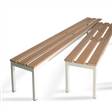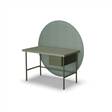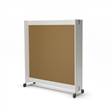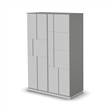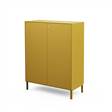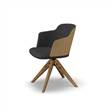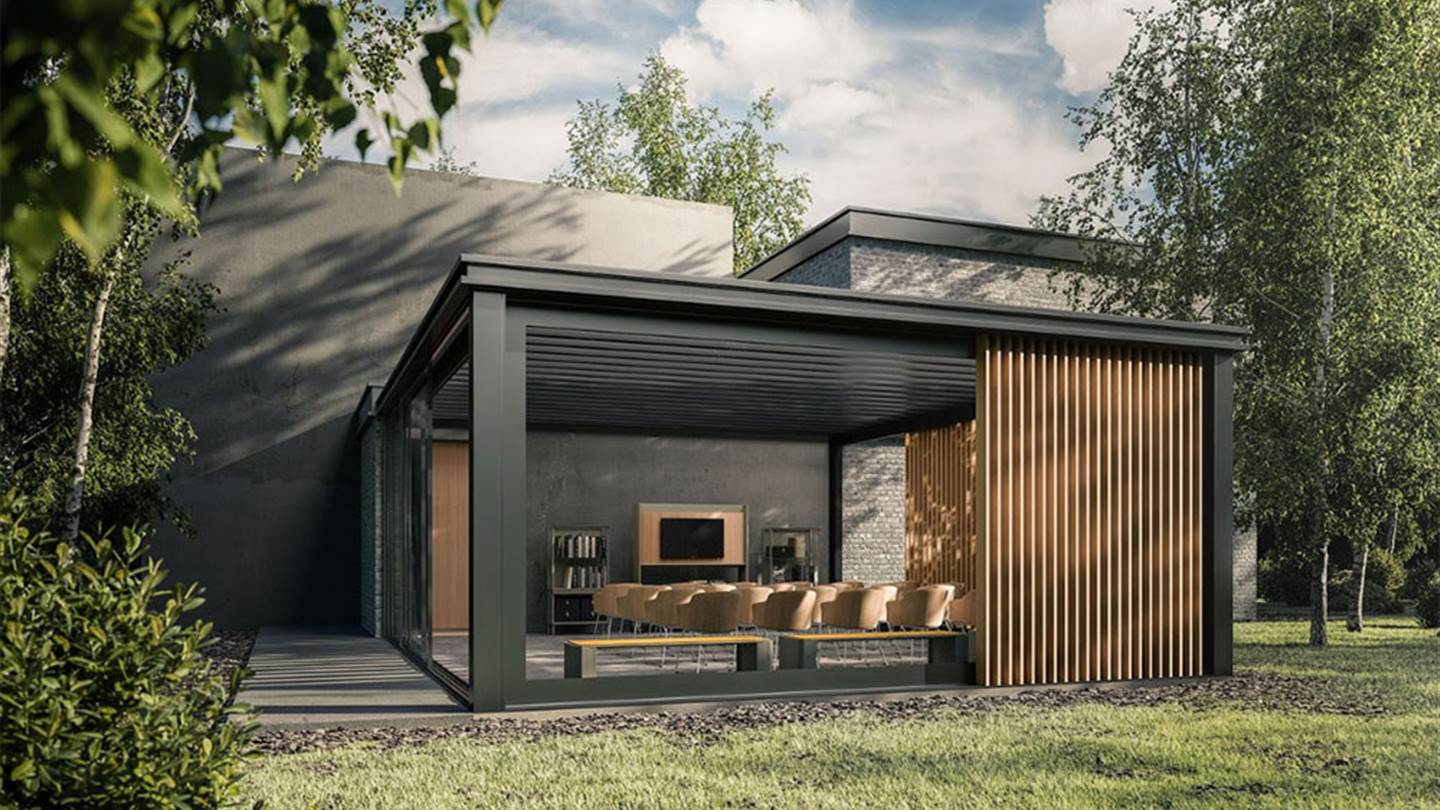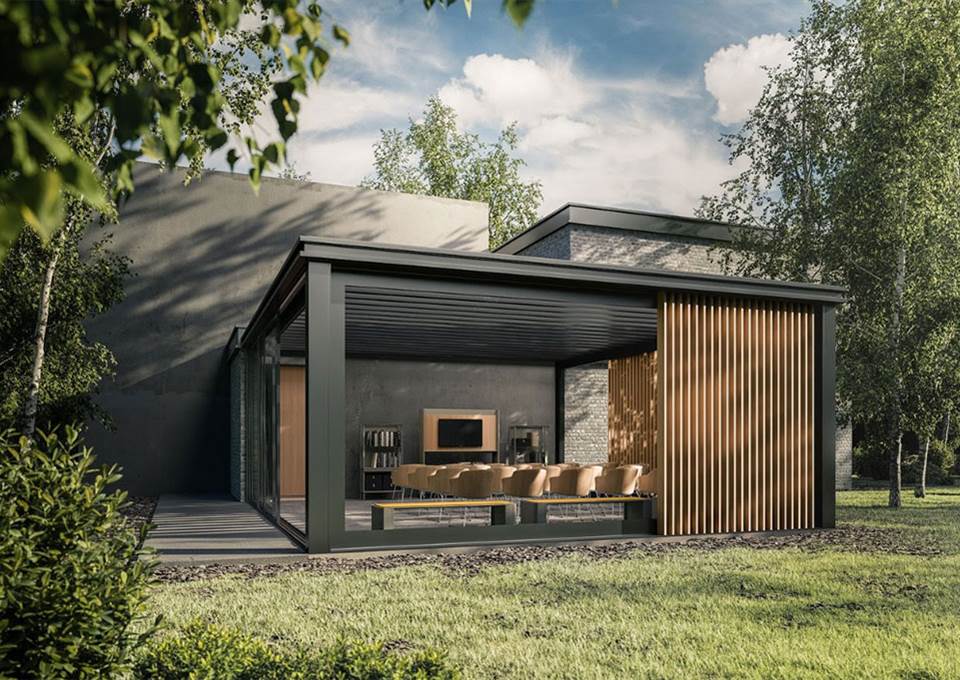For more than 99% of our species history, we
have developed by adapting to the natural environment, rather than to an
artificial one. Our senses, body and mind have evolved in a bio-centric world:
therefore, biophilia is the natural tendency of humans to be attracted by
nature and their connection to it.
Nowadays we spend more than 90% of our time in
enclosed spaces to live, work and study. The need to engage with nature, to guarantee
our psychophysical wellbeing, is becoming increasingly crucial to space
planning.
BIOPHILIC DESIGN
Planning space according to biophilic design
means creating a sound habitat that promotes people’s health, fitness and
wellbeing. This can be achieved based on a number of key principles: engaging
with nature, spurring a reciprocal interconnection between people and the
environment, as well as between human and natural communities.
HOW TO INCORPORATE BIOPHILIC DESIGN INTO
INTERIOR DESIGN
Integrated biophilic design can be achieved through the application of 3 fundamental categories, identified by Kellert and
Calabrese:
1. DIRECT
EXPERIENCE OF NATURE: bringing natural light, plants, water, animal life,
natural landscapes and clean air into the office and interior spaces.
2. INDIRECT
EXPERIENCE OF NATURE: images of nature, artistic elements, naturalistic shapes and forms and natural
geometries.
3. EXPERIENCE
OF SPACE AND PLACES: designing spaces based on the natural characteristics of
adaptation to the environment. This is done in line with a model that encompasses
prospect (views of large land settings) and refuge (sheltering settings), as
well as organised complexity to enable mobility, integration, cultural and
emotional attachment to a place.
Biophilic design in work environments promotes
psychophysical wellbeing, lowers stress, increases productivity and reduces
absenteeism. It can also improve company sustainability by reducing energy
consumption and using natural materials.
«The place, the plants, the animals, and man
and the orderings which they have accomplished over time are revealed in form.
To understand this it is necessary to invoke all physical, biological, and
cultural evolution. Form and process are indivisible aspects of a single
phenomenon: being.»





